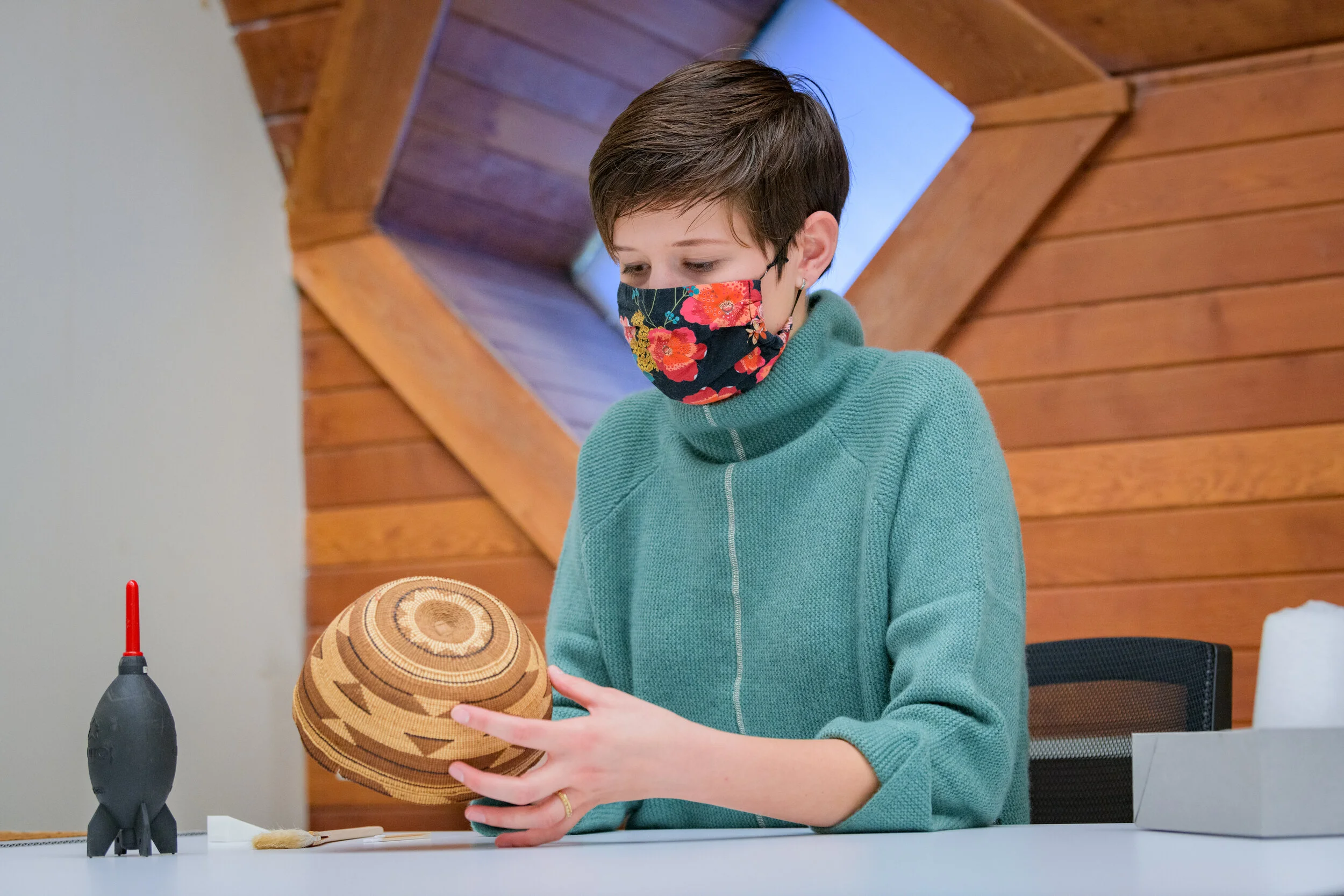
Before treatment
Condition Before Treatment
The object was in fair condition. It was covered overall in a light layer of surface grime and has minor breaks and losses, caused by natural embrittlement of the plant material. There is no evidence of previous treatment campaigns.
Basketry Cap
Hupa, Yurok, or Karuk Peoples, California
Early 20th century
Karuk Tribal Center (previously owned by the Winterthur/University of Delaware Program in Art Conservation)
Willow or hazel shoot, conifer root, maidenhair fern, and beargrass
This is a twined basket cap consisting of conifer root (likely spruce) wefts plain twined over willow (est.) warps with a section of three-strand twining, two area of lattice twining, and decorated with half-twist overlays of beargrass (white) (est.) and maidenhair fern (black) (est.).
This object is an excellent example of a twined basket cap from the Klamath River peoples. However, its significance is not only as an object or example of twining technique. For these groups, basketry is considered to have a voice, which should be listened to. This object embodies the spirit of the weaver and holds a personal and utilitarian significance to the wearer. Repatriation of this object was highly recommended for these reasons
Seeking Ownership
This cap was brought to WUDPAC in 1995 by Professor Lowell Perkins of the University of Delaware. It remained in the Program’s storage until 2013. At that time it was learned that Lowell was deceased and ownership of this basket belonged to his son, Charles. While Charles spoke of donating the piece at that time, a deed of gift had never been signed.
Repatriation was a key goal for this basket, but first its ownership had to be transferred to WUDPAC. After significant personal research and multiple attempts, I successfully contacted Charles Perkins. He happily donated this basket to the Program, which was in full support of its repatriation.
Consultation
Due to its cultural significance, it was deemed more appropriate for this piece to be returned to Tribal ownership rather than remain part of the WUDPAC study collection. While a full treatment was proposed in the associated report written in October 2020, no treatment was to begin until a source community could be identified and consulted. Because the basket can be identified as from one of three Northwest California Tribes, the Yurok, Karuk, and Hupa, attempts were made to get in contact with all three groups. Additionally, scholars who are from these Tribes were consulted. In each meeting, the basket was shown and possible paths for repatriation were discussed.
After consultations, was concluded that the basket should be repatriated to the Karuk Tribe, which will act as stewards for the cap on behalf of all Klamath River Peoples. They asked that treatment only involve surface cleaning and rehousing.
Rehousing
Once the interior of the cap was cleaned using Vellux and a vacuum, a custom support and housing was made. The support consists of an Ethafoam base supported by a blueboard tube. The Ethafoam is padded with polyester fiber fill and covered with a layer of plainweave silk and a final layer of Teflon® film. This supports the cap in its original orientation, and the Teflon® prevents any snagging of the interior as the cap is moved on and off. The mount is attached to a corrugated plastic tray that slides in and out of a blueboard box, therefore limiting handling of the cap itself. The lid of the blueboard box has a Mylar window through which the cap may be viewed without handling. This is covered with a blueboard flap to limit light exposure.
After treatment
Condition After Treatment
The interior of the cap has improved surface sheen, now that the surface grime has been reduced. While the breaks have not be stabilized, the cap can be easily examined and handled on its new support.
Images courtesy and copyright of Evan Krape and the Karuk Tribal Center


